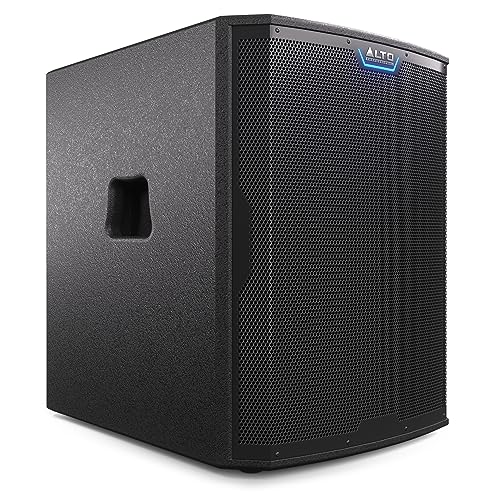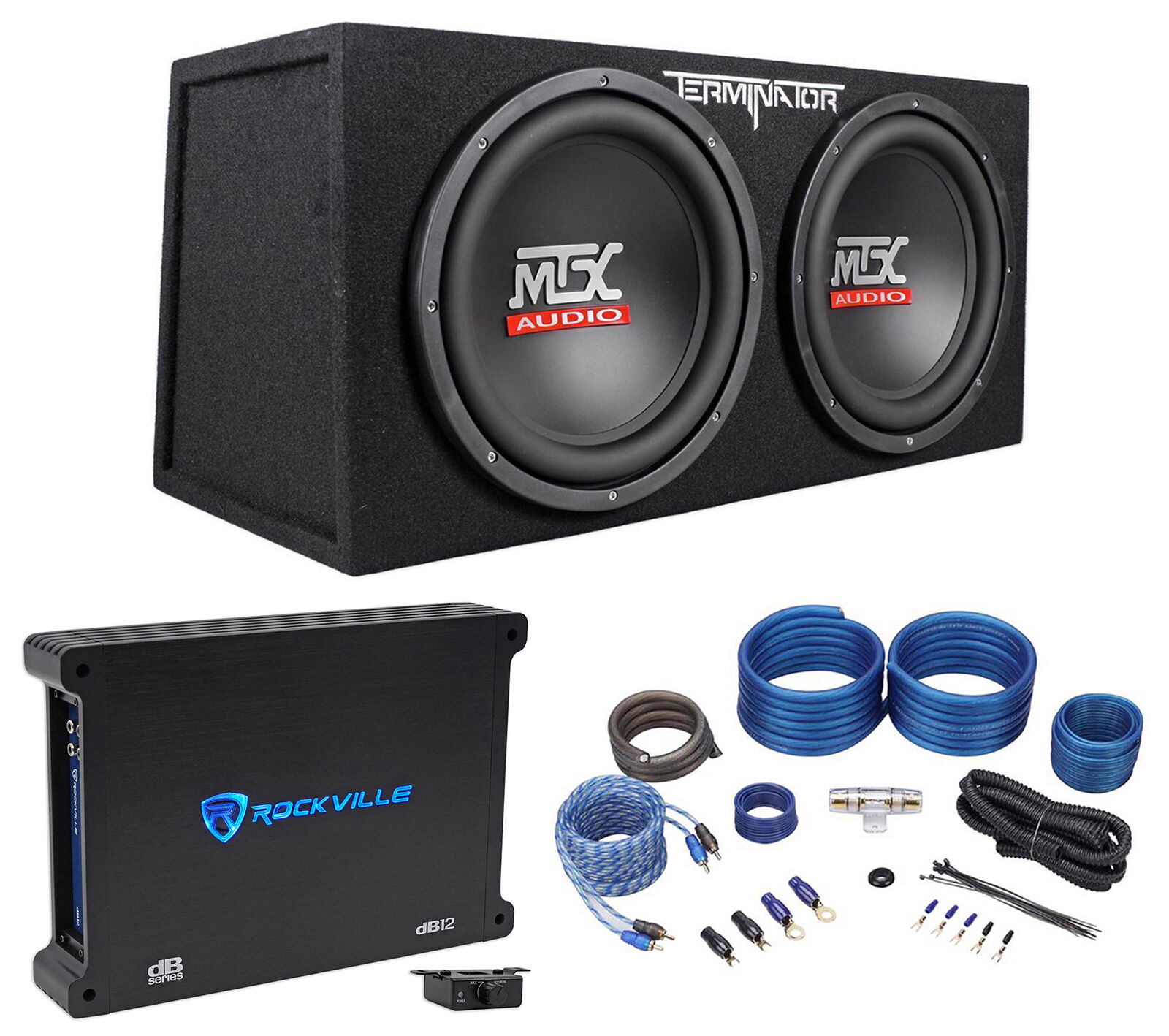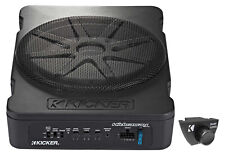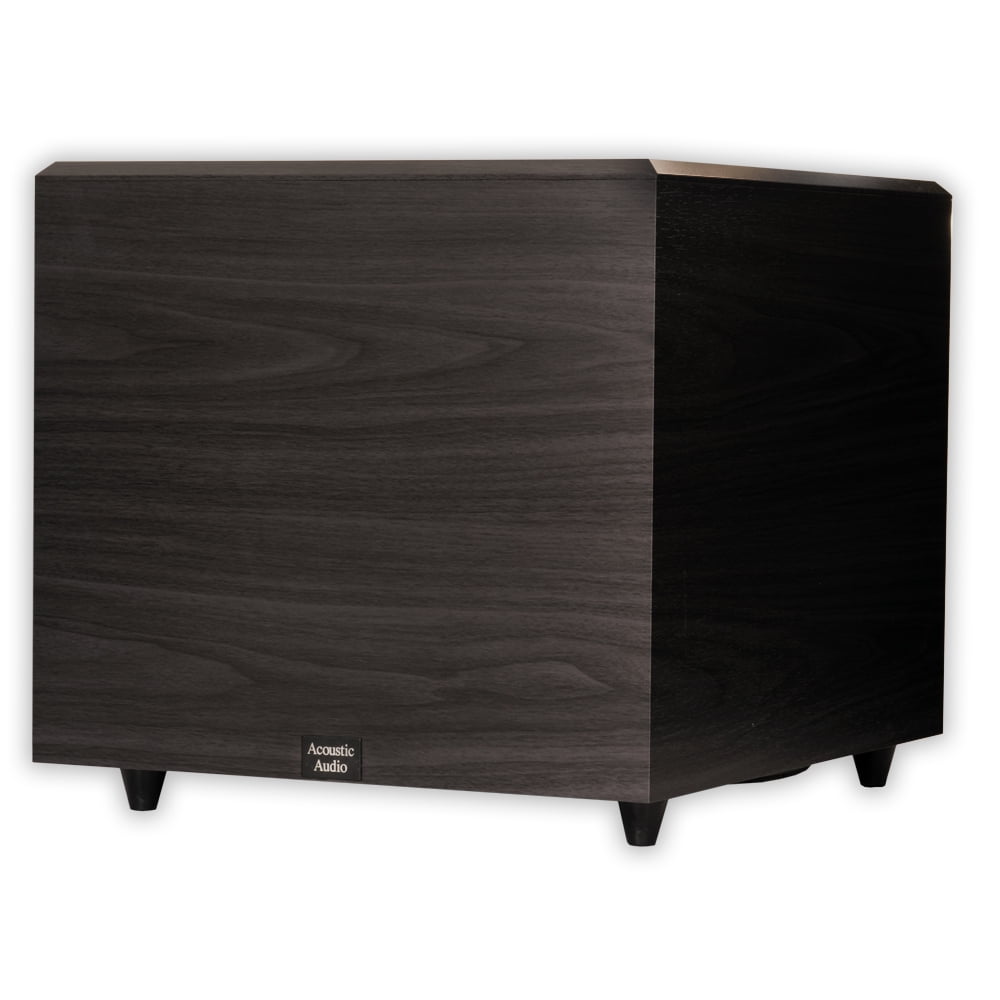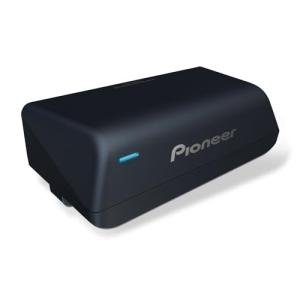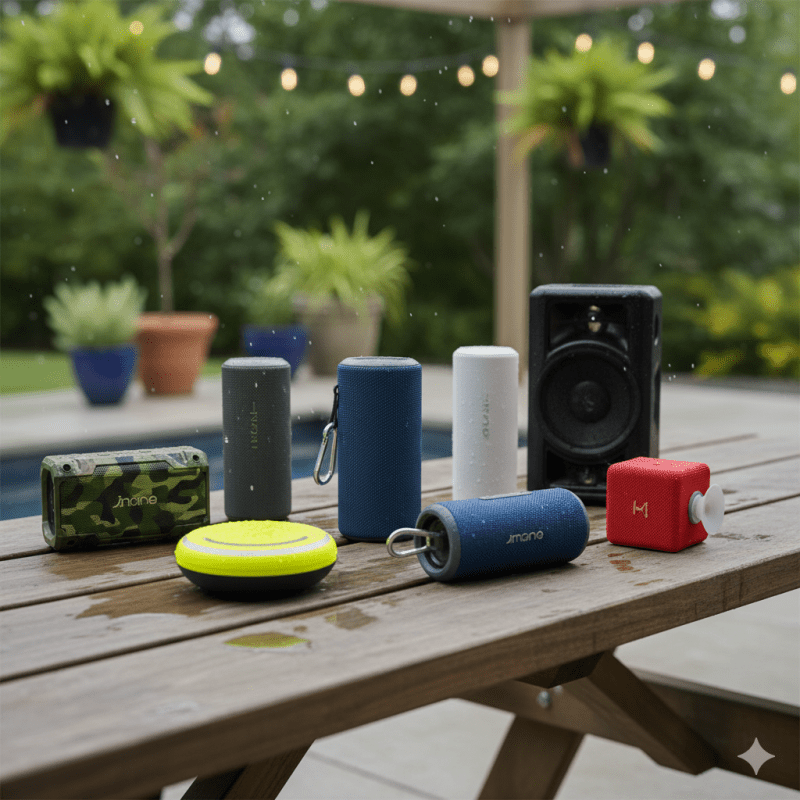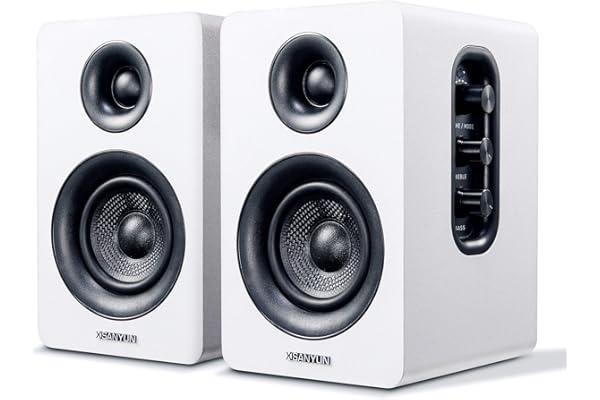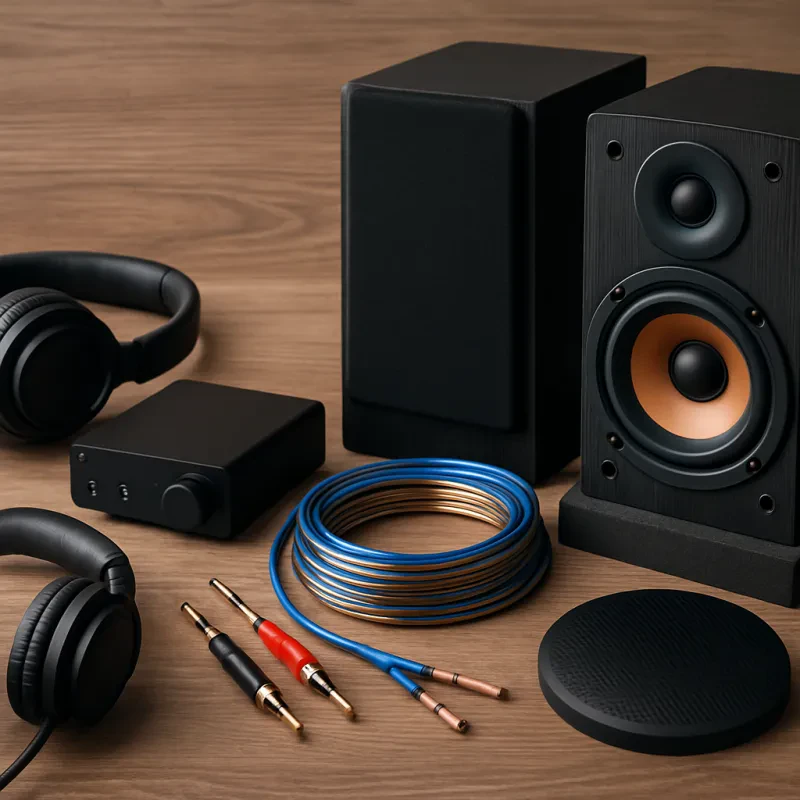Getting to Know Powered Subwoofers: The Basics
Powered subwoofers are a popular addition to any sound system, providing a deep, powerful bass that adds depth and richness to the music. Here are some basics to know about powered subwoofers:
What is a Powered Subwoofer?
A powered subwoofer is a type of loudspeaker that's designed to reproduce low-pitched audio frequencies, also known as bass. Unlike passive subwoofers that need an external amplifier to function, powered subwoofers have built-in amplifiers and don't require any additional equipment to play.
Why Use a Powered Subwoofer?
Powered subwoofers are ideal for music lovers who enjoy deep bass, as they're specially designed to handle low-frequency sound waves. They're also a great match for home theater systems, as they help create a more immersive audio experience, especially when watching movies or playing games that have a lot of bass-heavy sound effects.
What to Look for in a Powered Subwoofer?
When choosing a powered subwoofer, there are several factors to consider, including:
- Size: The size of the subwoofer's driver affects how deep its bass is. The larger the driver, the deeper the bass it's capable of producing.
- Power: The power rating of the subwoofer's built-in amplifier is measured in watts. The higher the wattage, the more powerful the bass.
- Frequency Response: The frequency response is the range of frequencies that the subwoofer can produce. Look for a subwoofer with a low-end frequency response of 20Hz or lower for the deepest bass.
- Enclosure Type: Subwoofers come in different enclosure types, including sealed, ported, and bandpass. Each type has its own unique sound signature, so it's important to choose one that matches your preferences.
By considering these factors and doing some research, you'll be able to choose a powered subwoofer that fits your needs and budget.
Choosing the Right Powered Subwoofer: A Buyer's Guide
When it comes to getting the most out of your music or home theater system, a good subwoofer can make all the difference. However, with so many options on the market, it can be difficult to know which one to choose. Here are some important factors to consider when shopping for a powered subwoofer:
Size: The size of a subwoofer's driver (the woofer cone that produces the sound) will determine how much bass it can produce. A 10-inch driver is a good all-around size for most home theater systems, but if you want even deeper bass, go for a 12-inch driver or larger. Power: A subwoofer's power is measured in watts, with higher wattage generally providing louder and deeper bass. Look for a subwoofer with a power rating that matches your needs and the size of your room. Frequency response: A subwoofer's frequency response measures the range of bass tones it can produce. Look for a subwoofer with a frequency response that extends down to at least 20 hertz, which is the lowest frequency we can hear. Enclosure: A subwoofer's enclosure can affect its sound quality. A sealed enclosure will provide tighter and more accurate bass, while a ported enclosure will provide louder and boomy bass. Choose the type of enclosure that best suits your listening preferences and the acoustics of your room. Brand reputation: Look for subwoofers from reputable brands that have a history of producing quality audio products. This will give you peace of mind that you're investing in a subwoofer that will deliver the performance you're looking for. Price: Subwoofers vary widely in price, and it's important to find the right balance between quality and affordability. Set a budget and look for a subwoofer that fits within your price range while still meeting your needs.
By considering these factors, you can find the right powered subwoofer for your home theater or music system. With a good subwoofer, you'll be able to experience deep, immersive sound that will bring your entertainment to life.
Setting up and Optimizing Your Powered Subwoofer for Maximum Performance
Now that you have your powered subwoofer, it’s time to set it up and optimize it for maximum performance. Here are some tips to follow:
Placement
Where you place your subwoofer can greatly impact its performance. Ideally, you want to place it in a corner or against a wall. This will increase the bass output as the walls will act as a boundary and reflect the sound waves back into the room. However, make sure to leave some space between the subwoofer and the walls to avoid vibrations and muddiness.
Crossover Settings
The crossover settings dictate the frequency range your subwoofer will reproduce. It is important to adjust the crossover to match your main speakers. This will ensure a seamless integration of the subwoofer with your system and eliminate any frequency gaps. The general rule of thumb is to set the crossover frequency 10Hz lower than the lowest frequency your main speakers can reproduce.
Volume and Phase Settings
Adjusting the volume and phase settings of your subwoofer can further enhance its performance. Start by setting the volume to around 50% and adjust it according to your listening preferences. As for the phase settings, it corrects any timing issues between your main speakers and subwoofer. You can start with the 0-degree setting and slowly adjust it until you find the sweet spot for your room.
Room Acoustics
Finally, remember that the acoustics of your room play a big role in the performance of your subwoofer. Rooms with hard surfaces and bare walls will cause more reflections and reverberation, which can affect the bass response. Consider adding acoustic treatments to your room to improve the overall sound quality.
By following these tips, you can maximize the performance of your powered subwoofer and enjoy a more immersive audio experience.
Alto Professional TS18S 2500W Powered Subwoofer
Experience powerful bass and exceptional sound quality with the Alto Professional TS18S 2500W Powered Subwoofer, designed to elevate your audio performance
Product information
$799.00
Product Review Score
4.5 out of 5 stars
206 reviews
